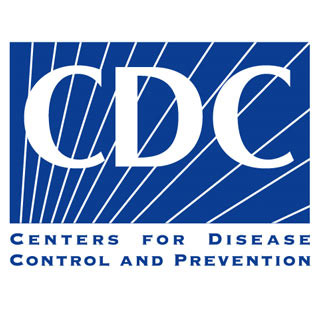
Initially the rate of new cases of this cancer was 52.3% per 100,000 in 2003. As per the study, it was apparently 45.4% per 100,000 in the year 2007 which shows that the number reduced by 66,000. On similar lines, the number of deaths due to this condition seemed to drop from 19.0 per 100,000 in 2003 to 16.7 per 100,000 in 2007. This data presented 32,000 fewer deaths. The analysis further states that the screenings of the aforesaid cancer has also increased in cumulative effect. It was 52 percent in 2002 which appeared to rise with 65% screenings done in 2010. Even then, 1 out of 3 people in the age-group 50 to 75 are not updated with the recommended colorectal cancer screening.
“Colon cancer can be prevented, and we are making progress in getting more people screened. Those who receive these life-saving screening tests can lead longer, healthier and more productive lives. Saving our nation the health care costs associated with treating colon cancer is an additional benefit,” commented CDC Director Thomas R. Frieden, M.D., M.P.H.
Men and women who are at the start of 50 years of age are advised to go in for the screening. There are 3 sets in the process, out of which individuals are recommended to opt for 1 or a combination of them. It includes the fecal occult blood test (FOBT), which is conducted at home itself, and the flexible sigmoidoscopy that is undertaken every 5 years coupled with FOBT done every 3 years. And finally the colonoscopy trial that persons have to undergo every 10 years.
The study discloses that colorectal cancer death rates have probably reduced in 49 states and Washington, D.C., with soaring levels of decline in states with some of the highest number of screenings in the year 2003 to 2007. Across the country, the death rates apparently reduced from 3% per year in the period 2003 to 2007. Reportedly, the year 2007 saw the highest number of colorectal cancer deaths per 100,000 people in Washington, D.C while Montana and Colorado witnessed the lowest number of deaths.
The prevalence of colon cancer also prominently decreased in 35 states in the period 2003-2007. North Dakota seemingly saw the highest number of colorectal cancer cases and Utah faced the lowest number of cases as reported. There are some supportive measures coming up to encourage more people to get screened such as financial assistance and keeping them informed on the importance of colon cancer screening. It is also inclusive of certain programs that are conducted with population based approaches to raise the number of persons aged 50 and older for screening.
The study is published online on the CDC website.
